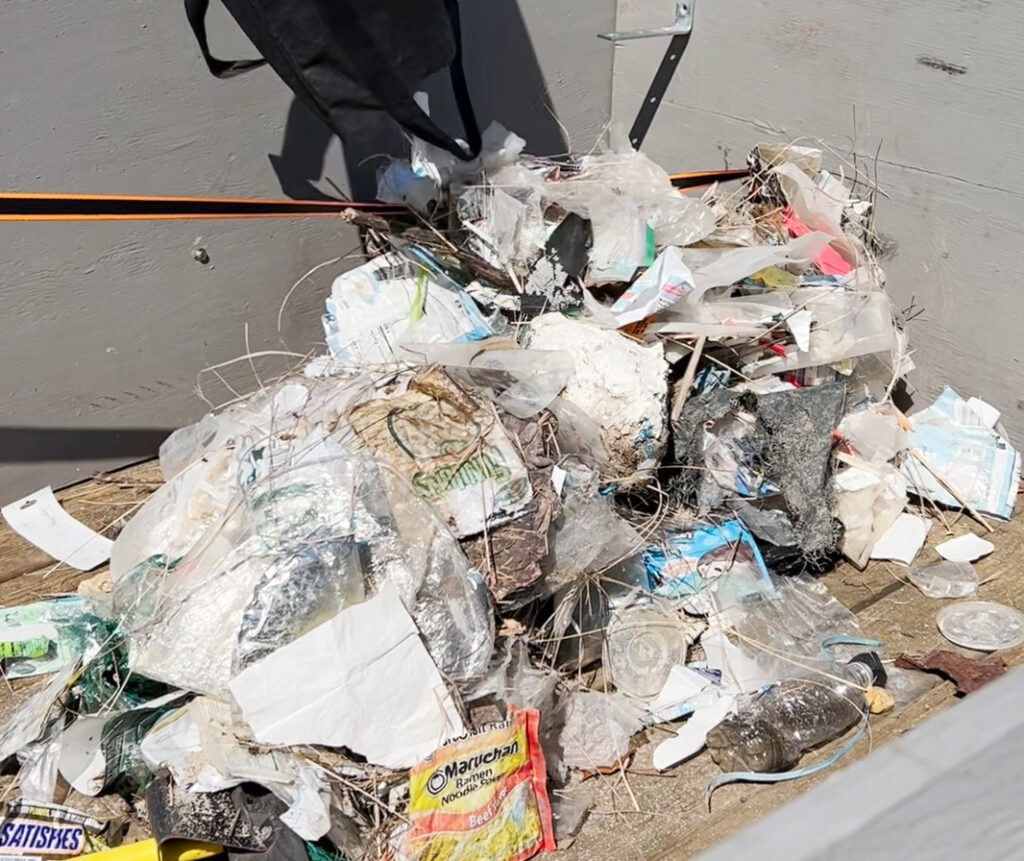A decade in the making, Southold Town Board adopts Comprehensive Plan

The Southold Town Board unanimously adopted its comprehensive plan Tuesday, just under a week after it was approved by the Suffolk County Planning Commission.
The plan update has been in the works since 2009, according to town planning director Heather Lanza.
“It’s been a long haul,” she said.
The comprehensive plan aims to guide development in the municipality and provide a rationale for the town’s zoning and land use regulations.
The draft plan includes recommendations such as preserving at least 8,000 acres of farmland, creating affordable housing, adapting to climate change and sea level rise and reducing traffic congestion, among others.
The county commission approved the plan unanimously last Wednesday but also made several recommendations, suggesting that the town pay more attention to things like energy efficiency and encouraging business owners and applicants to explore techniques such as ride sharing that are aimed at reducing demand for parking.
“It sounds great,” chair Jennifer Casey said at last Wednesday’s county commission meeting, which was conducted virtually. She asked if a population increase in the town resulting from people moving out from the city due to the coronavirus will change any of the town’s plan.
“We’ve heard on the news about people moving out there and buying houses and wanting to stay out there,” she said. “Have you seen an increase in the school enrollment for the upcoming year?”
“We’ve definitely seen an increase,” Ms. Lanza said. In June and July, the town received daily messages from the Suffolk County Water Authority saying that water use had increased by 35% since last year, and begging people not to water their property at certain times of the day, she said.
“That was unprecedented,” Ms. Lanza said.
But, she added, the town code was in good shape to deal with the increase.
“I don’t think it requires any major changes to our plan,” Ms. Lanza said.
Tom McCarthy, Southold Town’s representative on the county commission, said the town’s natural resources are one of the reasons why people come there for things like second homes or fishing or beaches.
“Fortunately or unfortunately, we are a victim of our own success,” he said, noting that there is now more pressure on the town’s natural resources. The town, he said, has to “save what’s left.”
The majority of the plan was done in-house, as opposed to hiring consultants, Ms. Lanza said.
“We have a wealth of knowledge on our staff and volunteer committees, and they were a big part of creating the plan,” she said.
Consultants were hired in areas where the town didn’t have in-house expertise, such as transportation, she said.
The plan was divided into 13 chapters, which were done one at a time, dating back to 2011. For each chapter, a number of public input meetings were held at various times and places to encourage public participation.
The 13 chapters in the plan include a vision statement; demographics; land use and zoning; transportation and infrastructure; community character; natural resources and environment; economic development; housing; agriculture; land preservation; human services; natural hazards; and parks and recreation.
A total of 64 public input meetings were held on the plan, and feedback was also received online and by letter, Ms. Lanza said. Every comment was considered and published on the town website, with a response, she said.
All of the chapters were completed by September 2018, and the data was updated in early 2019, according to assistant town planning director Mark Terry.
The Town Board held a public hearing on the plan Aug. 25, followed by a two-week written comment period that has now expired.
“The plan is pages and pages thick, with hundreds of recommendations,” Supervisor Scott Russell said. “We had already started work on some items that are referenced in the document and some are already complete.
“My personal view is that, no matter which chapters you look at, they all get back to one concept: land use and zoning. That should be our first priority,” he said.








